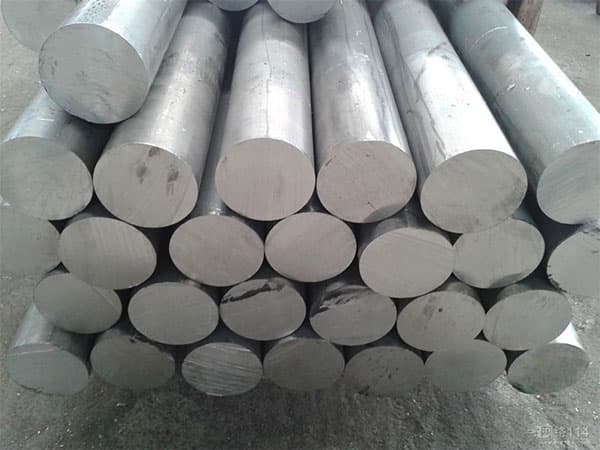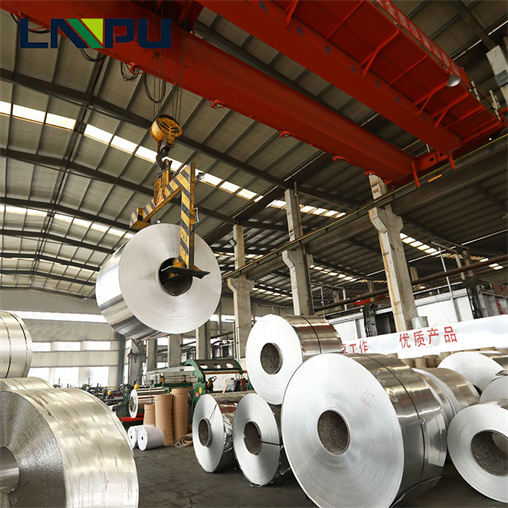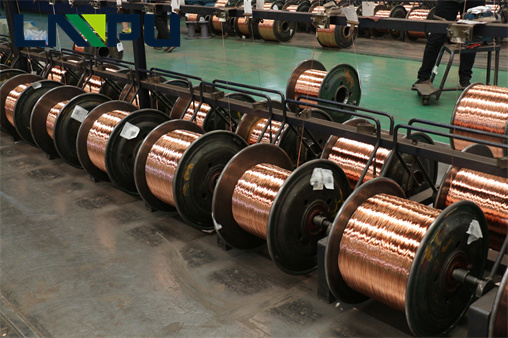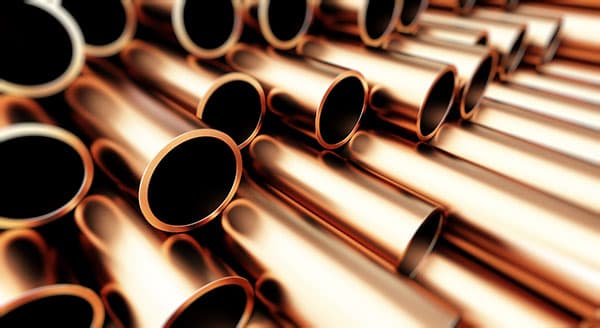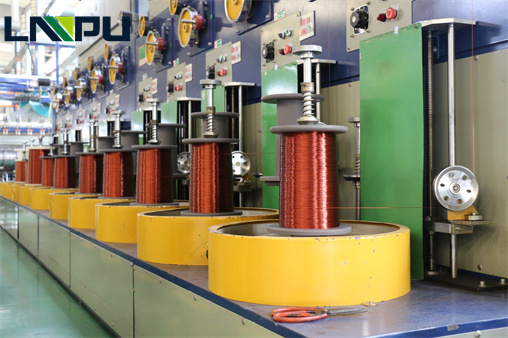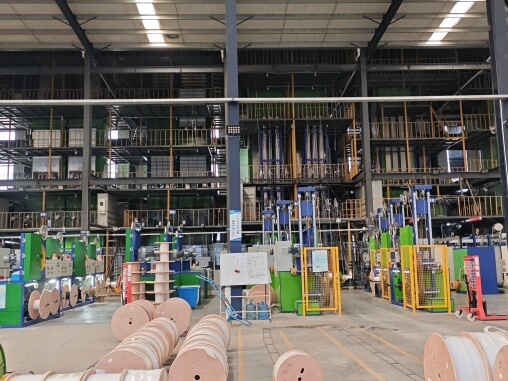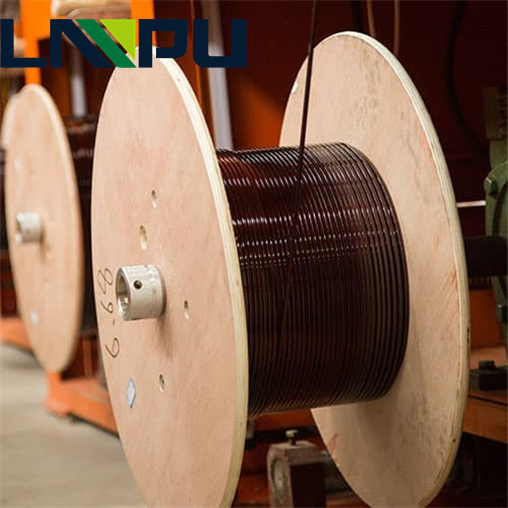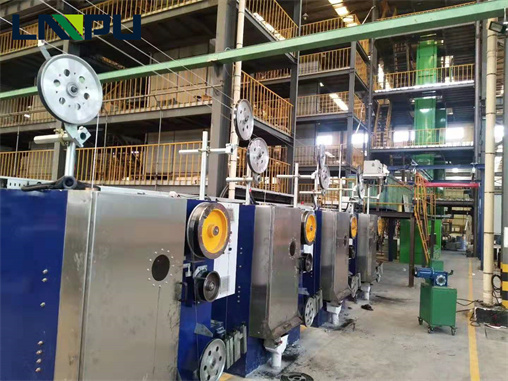The market is concerned about the supply of bauxite in Guinea
The market is concerned about the supply of bauxite in Guinea
Aluminum prices hit a new high for more than ten years
Guinea is an important bauxite producing area in the world and an important source country for my country’s bauxite imports. Analysts said that if local political instability affects any link of local production, transportation and export, it may trigger global bauxite supply concerns, which will directly affect short-term international bauxite prices and push up the cost of raw materials in the aluminum market.
Xinhua Finance, Beijing, September 6 (Wu Zhengsi) In the early morning of the 6th, Beijing time, a news of “Guinean coup and the detention of the president” added another wave to the recently disrupted aluminum market on the supply side.
According to Conakry news: Guinea rebel soldiers claimed on the 5th to detain President Conte and disband the government. International organizations such as the United Nations, the African Union (African Union), and the Economic Community of West African States (ECOWAS) issued statements on the same day, condemning any act of taking over the government by force and demanding the immediate release of Conte.
Guinea is an important bauxite producing area in the world and an important source country for my country’s bauxite imports. According to customs data, in 2020, China’s bauxite imports totaled 111.537 million tons, an increase of nearly 11% year-on-year, of which approximately 52.6701 million tons were imported from Guinea, accounting for 47.2% of the total imports, an increase of 18.51% year-on-year.
According to the analysis of Shanghai Nonferrous Metals Network (SMM), Guinea has always been one of the main source countries of China’s bauxite imports, and the proportion of imports has gradually increased in recent years. According to SMM data, the proportion of bauxite imported from Guinea in 2019 accounted for 44% of the total imports, and 47% in 2020, and the proportion in 2021 has a tendency of accelerating expansion.
“In 2020-2021, despite the relatively limited impact of the new crown epidemic on the overall bauxite production at home and abroad, due to concerns about supply chain disturbances, domestic companies have increased their large-scale purchase and hoarding of overseas bauxite, and China imported bauxite. The main source countries of the ore are Guinea, Australia and Indonesia. These three countries account for more than 90% of China’s bauxite imports. Among them, Africa Guinea, as China’s largest source of bauxite imports, accounts for China’s imports of bauxite. Half of the total amount of mines, if local political instability affects any link of local production, transportation and export, it may cause global bauxite supply worries, which will directly affect short-term international bauxite prices and push up the raw material end of the aluminum market. Cost.” said Gu Fengda, director of the research and consulting department of Guosen Futures.
Recently, affected by factors such as tight supply and good destocking, domestic and foreign aluminum prices have been rising all the way, setting new highs for more than ten years. Therefore, the supply of bauxite is unstable, and the market expects that short-term aluminum prices will receive new bullish support. Sure enough, from the perspective of disk performance, at 8 o’clock on the 6th Beijing time, after the opening of the London Metal Exchange (LME) electronic market, the LME aluminum futures price gapped slightly and opened again, setting a new high since May 2011. Shanghai Aluminum also rose rapidly after the opening of the market, once approaching the 22,000 yuan/ton mark.
Gu Fengda further pointed out that in terms of trends, any disturbance in the main mining areas of the world may trigger a “butterfly effect”, and major economies in the world will inevitably increase the real economy in order to maintain the security of domestic industrial economic supply and industrial competitive advantages. The competition and strategic reserves of resources related to necessities and emerging industries have further stimulated the continuous price increase momentum of global resource products. The imbalance of supply and demand caused by domestic commodity import inflation and industrial upgrading and transformation has also appeared, which is to promote copper. Aluminum is an important driving force for the price increase of non-ferrous metals.
In terms of investment, the global financial market investment preference is still more favorable for non-ferrous metals and other commodity sectors. “Without the presence of macro-system risks, the price of non-ferrous metals led by copper and aluminum still has strong structural support. The price of non-ferrous metals is expected to continue to fluctuate at a high level and with a strong trend.” Gu Fengda believes.
SMM’s analysis also pointed out that the current stocks of imported bauxite in Shandong and inland alumina plants are 3-6 months or even higher, and short-term supply is unquestionable. However, in terms of prices, international ocean freight has been soaring since the third quarter of last year. Recently, the cape sea freight from Guinea to China’s main ports has reached US$38/ton, nearly doubled from the same period last year. The CIF transaction and quotation range of Guinea ore (aluminum 45%, silicon 3-5%) at Chinese ports is between US$48-54. /Ton, which is an increase of more than US$5/ton over the same period last year. This event may stimulate the price of CIF in Guinea to rise further. In addition, whether the event will “add firewood and fire” to the recent hot alumina market on the cost side, we need to continue to pay attention to the impact of the event on the sentiment of the ore and alumina market, actual supply and demand, and prices.
Fuqiang International Trade Futures also stated that bauxite is mainly used for the production of alumina, while aluminum plants use alumina to prepare aluminum ingots. Therefore, the reduction in bauxite supply will not have a direct impact on aluminum ingot production. also. According to SMM statistics, the imported bauxite inventory of my country’s alumina plants reaches 3-6 months. Therefore, even if the export of Guinea bauxite is blocked, the impact on my country’s electrolytic aluminum production is still controllable. However, the current production of electrolytic aluminum in my country is frequently affected by power cuts, output is relatively blocked, superimposed inventories and warehouse receipts are relatively low, and there is basically a strong support for aluminum prices. Therefore, aluminum prices are still susceptible to sudden news and further upward.
However, maintaining the supply and price stability of bulk commodities is still the main policy direction at present. On September 1st, the State Bureau of Grain and Material Reserves put a total of 70,000 tons of aluminum in the third batch of national reserves. Up to now, the State Reserve Bureau has put a total of 210,000 tons of aluminum ingots on the market. The National Development and Reform Commission stated that the State Bureau of Grain and Material Reserves will continue to carry out follow-up releases in the near future based on market supply and demand and price trends. Institutional analysis believes that although the State Reserve has dumped reserves for three times, although the amount is still lower than the reduction on the domestic supply side, it still partially compensates for the reduction caused by power and production restrictions in Inner Mongolia, Henan, Guangxi and other regions, and may slow down the follow-up domestic Depot speed of aluminum ingots.

